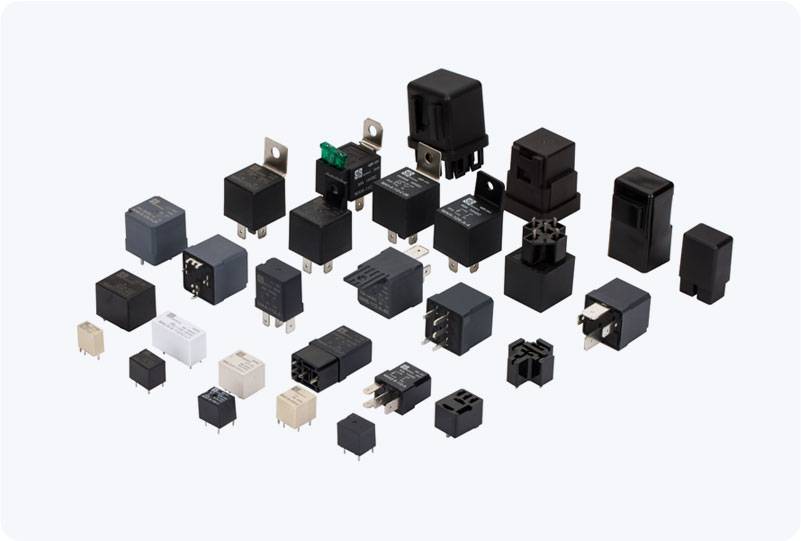plc control relay: a critical component in automated systems
Release time:2025-05-10 18:37:43
In modern industrial automation, the use of Programmable Logic Controllers (PLCs) has become a cornerstone for controlling various processes and systems. One of the key components integrated within PLC systems is the control relay. These relays play a crucial role in bridging the gap between a PLC and the devices it controls, such as motors, valves, and other electrical components. This article will explore the significance of PLC control relays, their function, types, and how they contribute to automation efficiency.

What is a PLC Control Relay?
A relay is an electrically operated switch that opens or closes a circuit based on a control signal. In the context of PLCs, a control relay serves as an intermediary between the PLC's low-voltage control signals and the higher-voltage devices it manages. The PLC can send a signal to the relay, causing it to either close or open, thereby activating or deactivating the controlled device. This interaction is essential in industrial systems where PLCs are tasked with managing complex processes.
How Do PLC Control Relays Work?
The working mechanism of a PLC control relay is relatively simple. When the PLC outputs a control signal, this signal is received by the relay coil. If the control signal is strong enough, it energizes the coil, causing the relay's contacts to either close or open, depending on the relay's design. This action can initiate or stop a machine, valve, or any other electrical component connected to the relay. For example, if the PLC is controlling a motor, sending a signal to the relay will either start or stop the motor depending on the relay's state.

